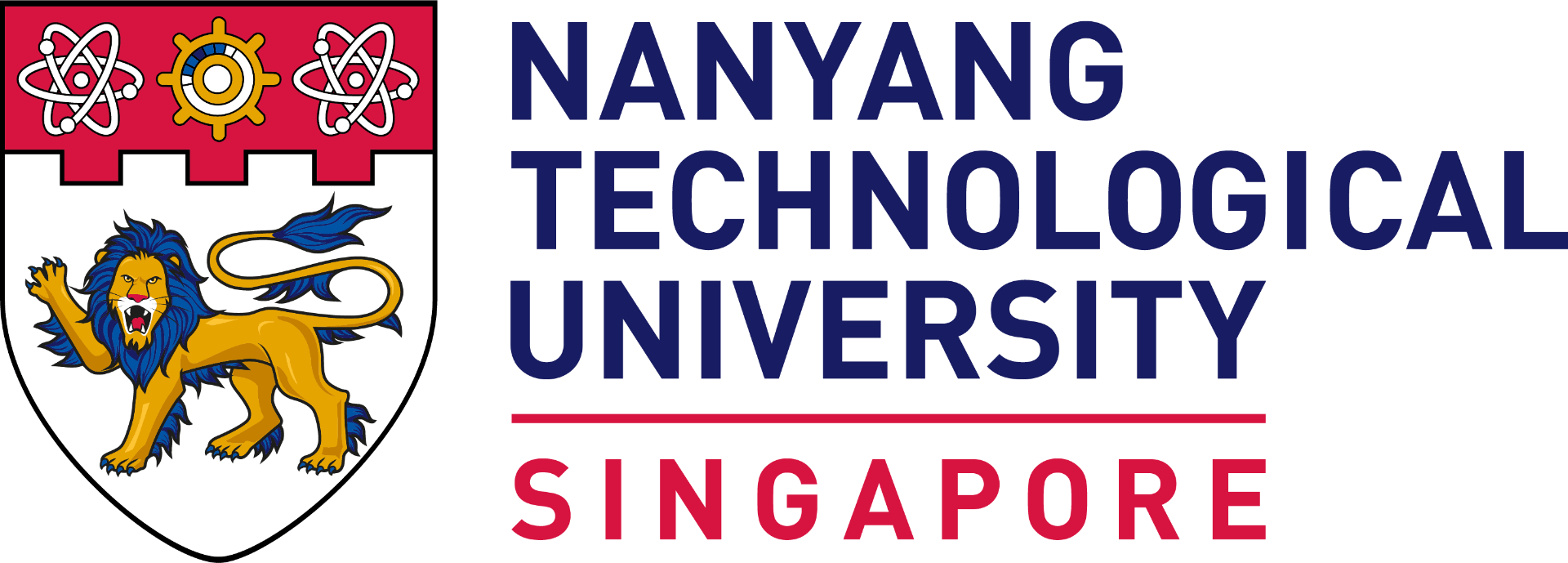From briskly-built homes to artificial human organs and even superhero gear, the applications of 3D printing have crossed the realm of sci-fi into reality
by Dr Daphne Ng / Illustration and animation by Vivian Lim
Body parts on demand
NTU scientists have used ink made from sunflower pollen to print parts for artificial human organs. Such organs may someday be used to replace diseased and worn-out ones, enabling us to live longer.
Using “ink” made of three types of skin cells, our researchers are also the first in the world to print human skin that matches our natural skin tones. Such skin may be used to test drugs and cosmetics, reducing the need for animal testing. Skin grafts from 3D printed human skin could also be used to help heal the wounds of burn patients.
Food in your fave shape
NTU researchers have developed “food inks” created from fresh and frozen vegetables that can be 3D printed into any shape. Fancy eating an “octopus” made from pureed carrots? Or devouring a “Hive” of pea puree? Now you can play with your food and eat it too! Patients who have trouble swallowing or weak appetites may benefit from 3D printed chow. Think pureed vegetables presented in a visually appealing way that’s nutritious and tasty.
Loo-k at what I printed!
3D printers may be used to build the homes of tomorrow. Researchers from NTU have created the world’s first 3D printed bathroom. Using special concrete mixtures, an entire bathroom can be printed using less material in about half the time it usually takes to construct one, saving time and cost.
3D printed morphing robots
Using shapeshifting materials, NTU scientists have created a 3D printed model of a butterfly that flaps its wings like a real one. The secret behind the butterfly’s flapping wings is the smart materials that change shape when activated and return to their original state when deactivated, all within minutes. This technology may be used to make items such as robots or furniture that can self-assemble when triggered. Yay to desks and shelves that assemble themselves like magic!
Get Batman’s cape
Scientists from NTU have been involved in developing a new type of 3D printed fabric made from a network of interlocking shapes that is flexible like cloth but can stiffen on demand, much like Batman’s cape, which turns rigid to shield the Dark Knight from enemy attacks. The invention may inspire lightweight armour that hardens to protect a user against an impact, protective gear for athletes, and wearable suits that help the elderly to stand, walk and carry objects.
This story was published in the Oct-Dec 2021 issue of HEY!. To read it and other stories from this issue in print, click here.

